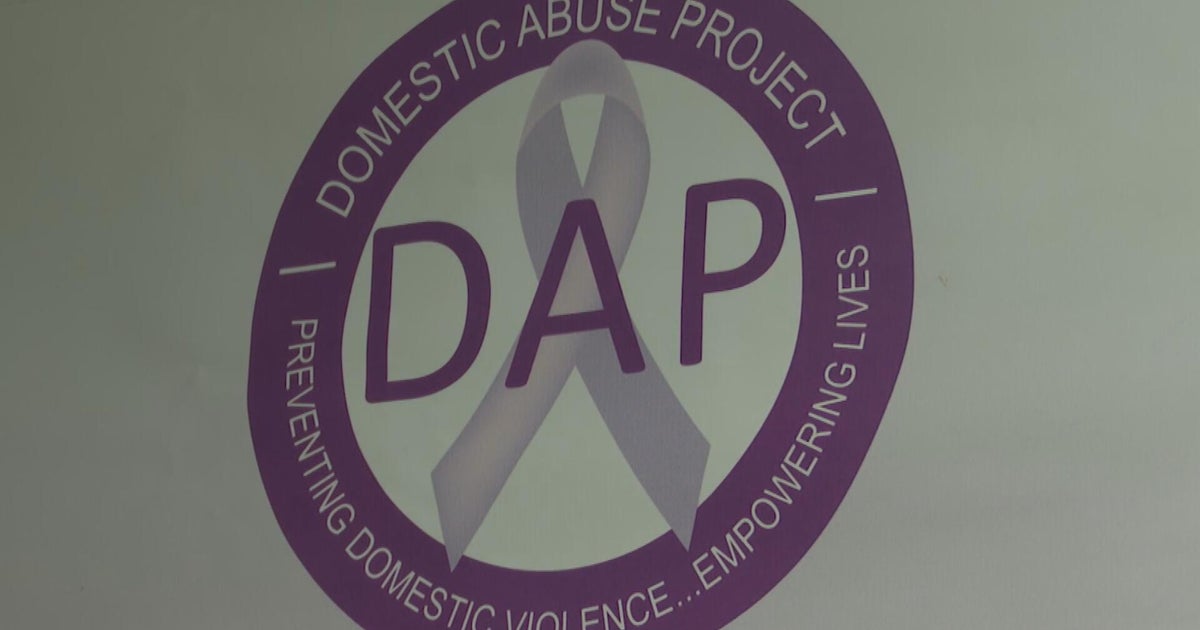Report on Child Marriage in the United States and its Conflict with Sustainable Development Goals (SDGs)
Introduction
The continued legality and practice of child marriage in the United States represents a significant contradiction to the principles outlined in the United Nations Sustainable Development Goals (SDGs). This report analyzes the current legal landscape, statistical data, and legislative challenges concerning child marriage in the U.S., with a specific focus on its implications for SDG 5 (Gender Equality) and SDG 16 (Peace, Justice and Strong Institutions).
Statistical Overview: A Violation of SDG 5 (Gender Equality)
The practice of child marriage in the United States disproportionately affects young girls, directly undermining SDG Target 5.3, which calls for the elimination of all harmful practices, such as child, early, and forced marriage. Data from a recent report by Unchained at Last and Equality Now highlights the scale of this gender inequality.
Key Findings (2000-2018)
- Over 314,000 marriages involving minors were registered.
- More than 80 percent of these marriages involved an underage girl marrying an adult man.
- In over 60,000 instances, the child was below the legal age of sexual consent with their spouse.
- Some recorded marriages involved children as young as 10 years old.
These statistics demonstrate a systemic failure to protect girls and uphold gender equality. The practice legitimizes the exploitation of minors, stripping them of bodily autonomy and exposing them to coercion and abuse, in direct opposition to the goals of SDG 5.
Legislative and Institutional Failures: A Challenge to SDG 16 (Peace, Justice and Strong Institutions)
The legal framework across the United States is inconsistent and inadequate for protecting children, failing to meet the objectives of SDG 16, particularly Target 16.2, which aims to end abuse, exploitation, and violence against children. The lack of strong, uniform institutions and laws allows this harmful practice to persist.
State-Level Legal Disparities
- Child marriage remains legal in 34 U.S. states.
- Four states (California, Mississippi, New Mexico, and Oklahoma) have no statutory minimum age for marriage.
- Advocacy for reform is fragmented, requiring a state-by-state approach rather than a comprehensive federal ban.
Obstacles to Legislative Reform
- Lack of Federal Mandate: The absence of explicit sex equality in the U.S. Constitution is cited as a barrier to a federal ban on child marriage, complicating efforts to create a unified legal standard.
- Failed Federal Legislation: Attempts to address the issue at a federal level, such as the “Child Marriage Prevention Act,” have failed to advance or have been criticized for containing loopholes like allowances for underage spousal visas.
- State-Level Opposition: Efforts to raise the minimum marriage age to 18 have faced significant resistance in various state legislatures, including West Virginia, Wyoming, and Missouri, often due to arguments related to teenage pregnancy or perceived government overreach.
- Procedural Obstruction: In states like Texas, bills with broad bipartisan support to ban child marriage have failed to receive a hearing or a vote, effectively vetoed by legislative leadership despite popular consensus on the need to protect children from predators.
Broader Implications for Sustainable Development
The consequences of child marriage extend beyond gender equality and legal protection, impacting other critical SDGs.
Health, Well-being, and Inequality (SDG 3 & SDG 10)
Child marriage is directly linked to adverse outcomes that contravene SDG 3 (Good Health and Well-being) and SDG 10 (Reduced Inequalities).
- There are higher instances of abuse and intimate partner violence in these marriages.
- Minors face significant difficulty in acquiring services or legal assistance, such as hiring a divorce lawyer, to escape abusive situations.
- The practice perpetuates a cycle of inequality by limiting a child’s autonomy and access to opportunities, including education and economic independence.
Conclusion: Aligning U.S. Law with Global Goals
The persistence of child marriage in 34 U.S. states is a critical human rights issue and a direct failure to meet international commitments embodied by the Sustainable Development Goals. Legislative inaction and systemic disregard for the rights of girls allow for the continued exploitation of children. Achieving SDG Targets 5.3 and 16.2 requires immediate and comprehensive legal reform at both state and federal levels to establish 18 as the non-negotiable minimum age for marriage, thereby protecting children and affirming the nation’s commitment to justice and gender equality.
Analysis of the Article in Relation to Sustainable Development Goals
1. Which SDGs are addressed or connected to the issues highlighted in the article?
-
SDG 5: Gender Equality
- The article heavily focuses on child marriage, a practice that disproportionately affects girls. It states, “Over 80 percent of those marriages involved a girl who was underage… and most of those marriages were to adult men.” This highlights the gendered nature of the issue. Furthermore, the article suggests that the legislative inaction is due to a disregard for women’s issues, quoting an advocate who attributes it to “misogyny” and legislators not prioritizing “girls’ issues.”
-
SDG 16: Peace, Justice and Strong Institutions
- The core of the article discusses the failure of legal and institutional frameworks in the United States to protect children. It points out that “child marriage remains legal in the majority of U.S. states” and that “Thirty-four U.S. states still permit a child under the age of 18 to marry.” The struggle to pass legislation, as detailed in the cases of West Virginia and Texas, demonstrates weaknesses in institutions responsible for upholding justice and protecting vulnerable populations.
-
SDG 8: Decent Work and Economic Growth
- The article explicitly connects child marriage to human trafficking. A Texas State Senator is quoted as saying that banning child marriage is “about stopping human trafficking.” This links the issue to the broader goals of ending modern slavery and exploitation.
-
SDG 3: Good Health and Well-being
- The article touches upon severe health and well-being consequences of child marriage. It mentions that the practice “legitimizes statutory rape and child sexual abuse” and is linked to “higher instances of abuse and intimate partner violence.” These outcomes directly impact the physical, mental, and reproductive health of the victims.
2. What specific targets under those SDGs can be identified based on the article’s content?
-
Target 5.3: Eliminate all harmful practices, such as child, early and forced marriage and female genital mutilation.
- This is the most direct target. The entire article is dedicated to the issue of child marriage in the U.S., the efforts to ban it, and the statistics surrounding its prevalence. The report cited in the article from “Unchained at Last” and “Equality Now” is focused on ending underage marriage exceptions.
-
Target 16.2: End abuse, exploitation, trafficking and all forms of violence against and torture of children.
- The article frames child marriage as a mechanism for child abuse. It states, “In many cases, these laws are exploited by the adult spouse as a cover, and legal mechanism, for sexual abuse against a minor.” It also quotes a Texas senator who says a ban is needed to “stop child sexual abuse, and that we go after predators and predatory behavior of any kind.”
-
Target 5.2: Eliminate all forms of violence against all women and girls in the public and private spheres, including trafficking and sexual and other types of exploitation.
- The article connects child marriage to violence against girls by noting it is “linked to higher instances of abuse and intimate partner violence.” It also highlights how it strips children of “bodily autonomy and freedom” and exposes them to coercion.
-
Target 8.7: Take immediate and effective measures to eradicate forced labour, end modern slavery and human trafficking…
- This target is relevant due to the explicit mention of human trafficking. The statement from Texas Sen. Tan Parker that his bill to ban child marriage is “about stopping human trafficking” directly connects the legislative effort to this specific SDG target.
3. Are there any indicators mentioned or implied in the article that can be used to measure progress towards the identified targets?
-
Prevalence of Child Marriage (Indicator for Target 5.3)
- The article provides a clear quantitative indicator: “over 314,000 marriages involving minors — most between the ages of 16 and 17 — were registered over the course of the last two decades.” Tracking this number over time would measure progress.
-
Legal Status of Child Marriage (Indicator for Targets 5.3 and 16.2)
- The article provides legal indicators that can be monitored. These include the number of states that permit child marriage (“Thirty-four U.S. states still permit a child under the age of 18 to marry”) and the number of states with no minimum marriage age (“Four states — California, Mississippi, New Mexico, and Oklahoma — establish no minimum age”). A reduction in these numbers would signify progress.
-
Incidence of Sexual Exploitation within Child Marriages (Indicator for Target 16.2)
- A specific indicator of exploitation is mentioned: “over 60,000 of those marriages involved a child that was not legally old enough to consent to sex with their spouse.” This data point directly measures a form of child abuse legitimized by marriage laws.
-
Rates of Intimate Partner Violence (Indicator for Target 5.2)
- The article implies an indicator by stating that child marriage is “linked to higher rates of divorce in the long term, higher instances of abuse and intimate partner violence.” Therefore, the rate of intimate partner violence among individuals who were married as minors can be used as a metric to understand the negative consequences and measure the impact of preventative policies.
4. Table of SDGs, Targets, and Indicators
| SDGs | Targets | Indicators |
|---|---|---|
| SDG 5: Gender Equality | 5.3: Eliminate all harmful practices, such as child, early and forced marriage. |
|
| SDG 5: Gender Equality | 5.2: Eliminate all forms of violence against all women and girls, including trafficking and sexual exploitation. |
|
| SDG 16: Peace, Justice and Strong Institutions | 16.2: End abuse, exploitation, trafficking and all forms of violence against children. |
|
| SDG 8: Decent Work and Economic Growth | 8.7: Take immediate and effective measures to eradicate forced labour, end modern slavery and human trafficking. |
|
Source: rollingstone.com







